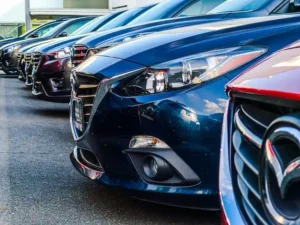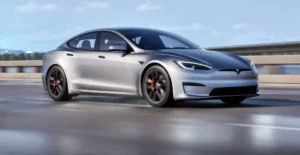The government’s energy efficiency loan scheme had an “abysmal” take-up rate because it had not been tested with consumers, MPs have said.

The “Green Deal” ended last year after providing just £50m in 14,000 loans to households to boost energy efficiency.
That was far less than the £1.1bn predicted by the government, with each loan costing taxpayers £17,000.
In a highly critical report, the Public Accounts Committee said projections for the scheme were “wildly optimistic”.
The MPs said the Department of Energy and Climate Change’s figures gave a completely misleading picture of the scheme’s prospects to Parliament.
The committee urged the government to learn from the mistakes made with the scheme, which provided loans to meet costs of installing efficiency measures that householders repaid from savings on their energy bills.
When the scheme was introduced in 2013, it had not been adequately tested with consumers, the report said.
“Householders were not persuaded that energy efficiency measures were worth paying for through the Green Deal and take-up of loans was abysmal,” MPs said.
It was too complex, with excessive paperwork, while people were also put off by interest rates of up to 10% on the loans – far more expensive than other lending, the report said.
Marketing also focused on the financial benefits of installing energy-efficiency measures, rather than emphasizing the comfort of having a well-insulated, energy-efficient home, which may have interested more people, according to the report.
‘Truly dismal’
Committee chairwoman Meg Hillier said: “Not enough work went into establishing the scheme’s appeal to households, nor to its implementation, nor to examining the experience of governments setting up similar schemes overseas.
“This blinkered approach resulted in a truly dismal take-up for green deal loans and a cost to taxpayers of £17,000 for every loan arranged.”
The Department for Energy spent £240m on the scheme, including £25m in loans to the Green Deal.
The committee also criticised another scheme, the Energy Company Obligation (ECO), which required big energy firms to make homes more efficient.
MPs found the government was unable to determine whether the scheme helped to reduce fuel poverty.
The UK’s 27 million homes account for more than a quarter of the total energy demand and greenhouse gas emissions. The housing stock is among the least energy efficient in Europe, which meant higher energy bills, harm to the environment and poorer health for those living in colder homes.
A spokesperson for the new Department of Business, Energy and Industrial Strategy said: “This government took action last year by stopping public funding to the Green Deal Finance Company and setting up an independent review of the energy efficiency sector.
“The lessons that we have learnt will help us to develop simpler, better value for money policies, targeting people who need support most.”
Key points:
Our badly insulated and managed houses consume 25% of the UKs total energy.
Government schemes are usually badly run and badly thought out and hugely expensive.



